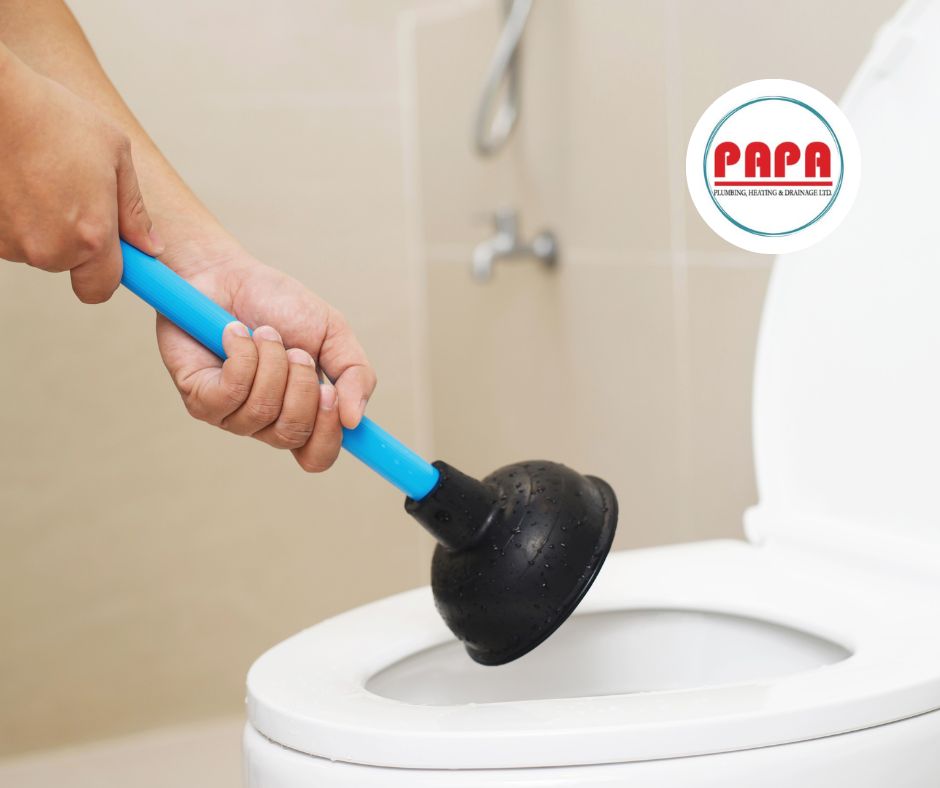Toilet Troubles: How to Prevent and Tackle Tough Clogs
In the realm of home maintenance, few issues can cause as much distress as a clogged toilet. This guide, 'Toilet Troubles: How to Prevent and Tackle Tough Clogs,' provides a comprehensive understanding of common causes of toilet clogs and practical strategies for prevention and resolution.
Drawing on expert insight, this resource will equip you with the knowledge and skills needed to handle this common household problem. By applying these strategies, you can foster a more harmonious relationship with your plumbing system, ensuring that it serves you effectively and efficiently.
Join us as we delve into this crucial aspect of maintaining a comfortable, functioning home environment.
Understanding Common Toilet Clogs
Three primary factors often contribute to the occurrence of common toilet clogs: excessive toilet paper, non-flushable items, and certain plumbing issues.
Overuse of toilet paper can lead to a buildup within the plumbing system, causing water flow obstruction. Similarly, flushing non-flushable items such as wipes, diapers, or feminine hygiene products can block the pipe.
Plumbing issues, including outdated or damaged pipes, may also increase the risk of clogs. Understanding these factors enhances our capacity to prevent these inconvenient incidents.
As we belong in a community that values cleanliness and efficiency, it is essential to share this knowledge. By doing so, we can maintain our shared spaces and contribute to a harmonious living environment.
Practical Steps for Clog Prevention and Solution
Building upon the understanding of common causes of toilet clogs, we shall now delve into practical measures that can be employed to prevent and resolve such issues.
Firstly, avoid flushing non-degradable items such as diapers, wipes, or sanitary products; these are notorious for causing blockages.
Secondly, regular use of a plunger can help keep the pipes clear. For stubborn clogs, a plumber's snake or drain auger is an effective tool.
If you're facing consistent clogging, it might indicate a more serious underlying issue, such as a blocked sewer line or a low-flow toilet. In such instances, professional assistance is recommended.

